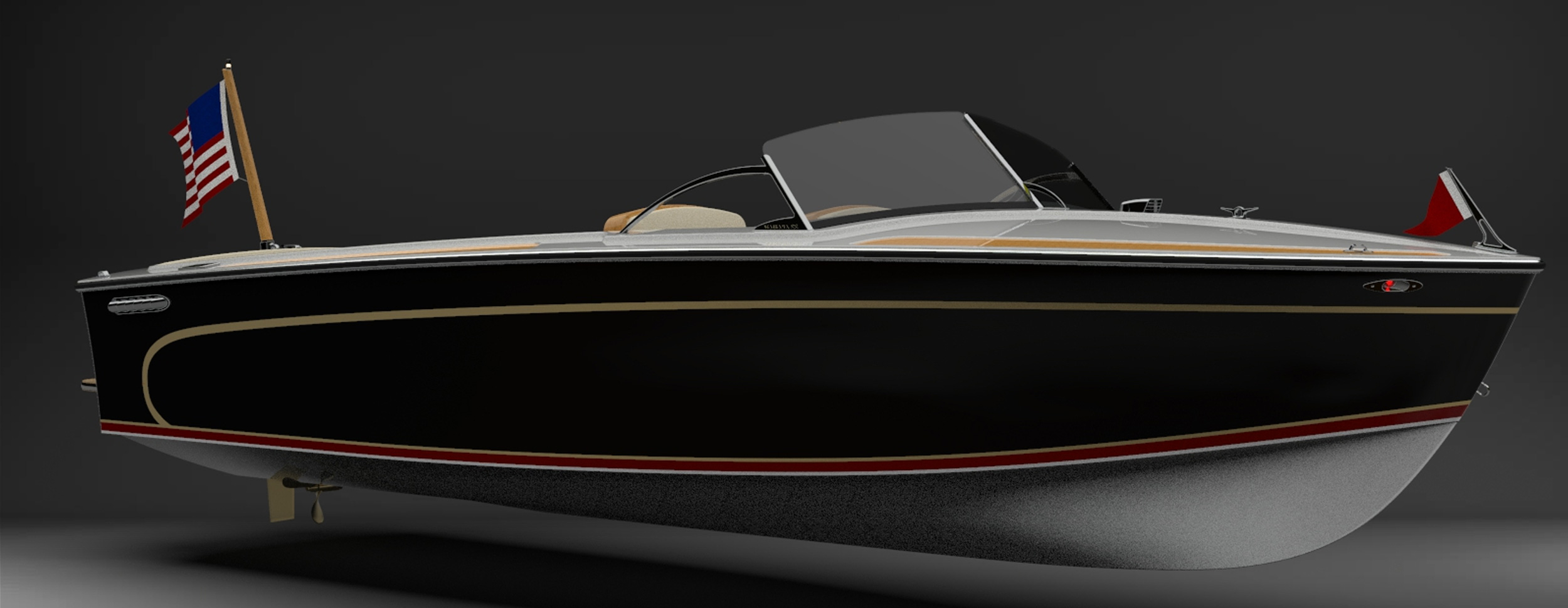By Maggie Nate
As the Associated Editor for Survivability of the Naval Engineers Journal for the past three years, it’s a bit of a role reversal serving as a contributor on these pages rather than working behind the scenes with the authors. As my editorial title suggests, my background is in surface ship survivability; a specialty field that I found myself in very serendipitously upon graduating nearly a decade ago. In my last semester of undergrad, a new minor in Naval Engineering was offered, which included a module on Survivability, and I thought “why not?” since I had a few spare technical electives to fill anyways. I had absolutely no idea at the time that this introduction to Susceptibility, Vulnerability, and Recoverability would end up having such a huge influence on my professional career. My very first full time job when I entered the workforce was as a Survivability Engineer, and that is the domain that I have happily existed in ever since.
Historically, designing for survivability has served to ensure the ship’s performance in extreme conditions while protecting the personnel onboard. As we review some common case studies from the maritime community in chronological order (from the Titanic to the Sheffield to the Costa Allegra and beyond), we can see that applying lessons learned in survivable design results in future reductions in loss of ship and loss of life. But with so many autonomous initiatives on the horizon, from cargo shipping to naval systems, one question immediately came to mind: how does the approach to survivability change when the human element is removed? The term “unmanned,” or perhaps more appropriately here “un-crewed,” is not a new concept. However, while unmanned vehicles still utilize a driver albeit remotely, autonomous vehicles are fully artificial intelligence driven. It was a recent visit I made to the George Mason University a few weeks ago to give a guest lecture that made me realize just how embedded autonomy has become in our everyday lives. As I was slowing down at a crosswalk, I noticed that mingled amongst the students heading to class were several autonomous robots delivering goods around campus. To me, this was a novel sight, but to everyone else, it was business as usual.
Maritime autonomous projects already exist, at varying stages of development, for applications such as: arctic research, ocean floor mapping, personal hobbyists, port security and humanitarian aid. Like any well-balanced design, autonomous vessels must continue to operate in extreme conditions. Additionally, most are economic assets to protect as well as environmental risks in the event of a casualty situation. Avoiding or surviving casualty conditions without the option of immediate human-in-the-loop interaction will require a very different approach to damage control. While the need for protecting personnel is reduced, so too is the contribution to situational awareness, casualty response and damage control that is normally provided by those personnel. As the need for space allocated for personnel accommodations and support facilities is reduced, more flexibility on overall vessel size and arrangement is available. However, there may be requirements for accommodations for personnel to provide routine maintenance or underway repairs. Similarly, security (both cyber and physical) is an important consideration to restrict unauthorized connectivity and tangible entry. I don’t yet have an answer to the question that I posed above, but I’m excited to see where the future of survivability goes from here.












